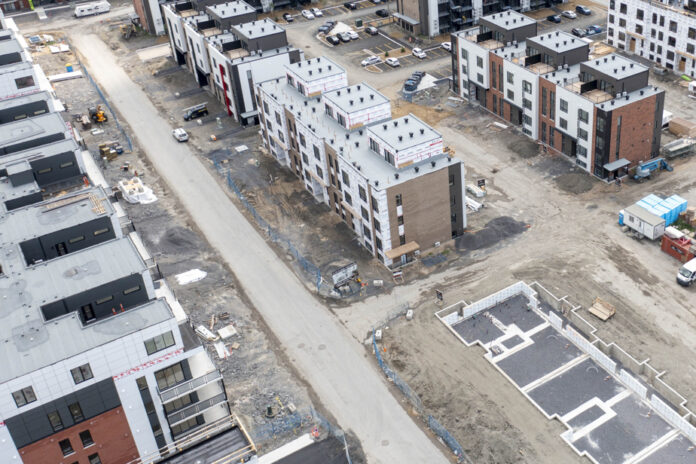In these times of economic uncertainty, households across the country are being squeezed by the disproportionate increase in the cost of living. It is undeniable that the challenges are becoming more and more important for consumers, regardless of their income level. To counter this situation, the federal government tabled Bill C-56, the Affordable Housing and Groceries Act, in the House of Commons.
Among the range of measures proposed by Minister Chrystia Freeland, the elimination of the GST on the construction of new rental housing for a period of seven years is the government’s preferred instrument to counter the real estate affordability crisis. This proposal echoes a promise from the Liberal Party of Canada in 2015.
As many have already pointed out, the absence of a mechanism to control rent prices and a precise definition of the term “affordable housing” makes the measure insufficient, or even poorly targeted. Therefore, we believe that this is a measure designed to stimulate the supply of rental housing, but which in no way guarantees a reduction in rents.
The value of this initiative is estimated at $4.5 billion over the first five years. This sum would therefore disappear from public coffers and would ultimately only serve to enrich the builders. Rather than implementing tax breaks that are costly and difficult to reintroduce once removed, the government could put the same amount into an investment fund dedicated to building affordable housing. With rigorous criteria, only housing deemed affordable would benefit from this subsidy.
To achieve this, we believe that modernizing the Canadian mortgage structure would provide increased security for households. In the United States, mortgage rates are generally negotiated over a longer period of time than in Canada and the rules related to eligibility requirements for mortgage loans are stricter. These measures allow owners to be less vulnerable to variations in the interest rate. Although our American neighbors are also facing a real estate crisis, property prices have not risen as radically as here, which demonstrates the usefulness of such measures.
In addition, the government could work in collaboration with various financial institutions to offer construction loans at advantageous rates reserved for high-density residential projects. This measure made it possible to minimize financing costs while significantly increasing the housing supply.
It is vital that we intensify efforts to guarantee access to affordable and suitable housing, which is, we recall, a fundamental right, not a whim. We therefore call on the federal government to act and collaborate with other levels of government and financial institutions to find solutions. By integrating sound financial measures, reforming the mortgage structure and tackling rental supply issues, we can get through this crisis and build a future where affordable housing is truly a reality.















